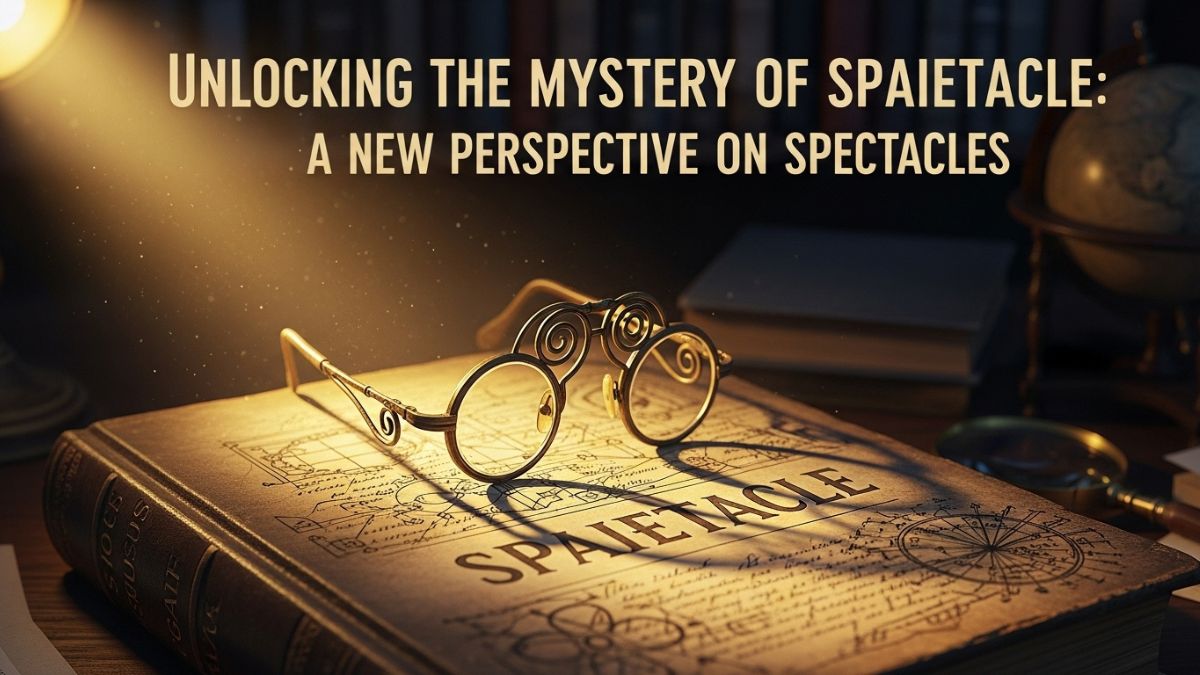A furrowed brow refers to the wrinkle lines or creases that form horizontally across the forehead, typically between the eyebrows. This expression is usually involuntary and closely tied to our emotional and mental states. Whether we’re worried, deep in thought, angry, or confused, our brows tend to furrow naturally. It’s a subtle yet powerful part of non-verbal communication.
The Science Behind Facial Expressions
Facial expressions are controlled by a complex network of muscles and nerves. When you furrow your brow, the frontalis and corrugator supercilii muscles contract. These muscles are responsible for pulling the skin on your forehead downward and inward. Neuroscience has shown that such expressions are linked to our limbic system—the part of the brain responsible for emotion. This means a furrowed brow isn’t just for show; it reflects real feelings or cognitive effort.
What a Furrowed Brow Communicates Emotionally
People often interpret a furrowed brow as a sign of concern, stress, confusion, anger, or concentration. It’s one of those facial cues that instantly makes someone look more serious. When someone furrows their brow during a conversation, it could suggest disagreement or disapproval—or simply that they are trying to process complex information. In many cases, it invites empathy, making others wonder what’s bothering you.
Common Situations That Trigger a Furrowed Brow
From reading a difficult passage in a book to navigating a heated discussion, there are many moments in life when our brows furrow without us realizing it. Students studying for exams, professionals solving problems, or someone dealing with emotional stress often exhibit this expression. Even watching a suspenseful movie can trigger it momentarily.
Furrowed Brow in Communication and Body Language
In non-verbal communication, the furrowed brow is a key signal. It can support verbal cues or stand alone as a powerful message. If someone says, “I’m fine,” but they have a furrowed brow, it suggests they’re anything but. Body language experts often emphasize the importance of reading facial expressions, and the brow is among the first places they look.
Cultural Interpretations of a Furrowed Brow
While the furrowed brow generally signals similar emotions across cultures, the intensity and context may differ. In some cultures, showing concern or worry openly is accepted and even expected, while in others, maintaining a neutral or smiling expression is more common. Nonetheless, the furrowed brow tends to universally indicate some form of emotional or mental unrest.
Health-Related Causes of Persistent Brow Furrowing
Sometimes, a furrowed brow is more than an expression—it can be a result of muscle tension, migraines, or vision problems. People with chronic stress, anxiety, or eye strain might unconsciously furrow their brow for extended periods. Over time, this can lead to permanent forehead lines or headaches due to overused facial muscles.
Aging and the Furrowed Brow
As we age, collagen production in the skin decreases, and repeated facial expressions start to leave lasting impressions. The furrowed brow lines, often called “worry lines” or “11s,” become more noticeable over time. While they’re a natural part of aging, some individuals seek cosmetic solutions to minimize their appearance.
Cosmetic Solutions for Reducing Furrowed Brow Lines
Botox is one of the most common treatments for softening furrowed brow lines. It works by relaxing the underlying muscles, preventing them from contracting and forming wrinkles. Other options include dermal fillers, laser resurfacing, and retinol-based creams. These approaches vary in effectiveness, cost, and how long results last.
Psychological Awareness and Facial Tension
Becoming aware of how often you furrow your brow can lead to better stress management. Facial tension often goes unnoticed until it causes discomfort. Practicing mindfulness or using body scans in meditation can help identify and reduce facial muscle tension, promoting relaxation and emotional balance.
Furrowed Brow in Literature and Pop Culture
Writers frequently use the image of a furrowed brow to convey a character’s emotional state. It’s a quick visual cue that suggests something is bothering the character without needing words. From Shakespeare to modern thrillers, the furrowed brow appears as a literary shorthand for seriousness, worry, or contemplation.
When Children and Babies Furrow Their Brows
Even infants furrow their brows! It often happens when they’re hungry, tired, or overstimulated. While they may not consciously express emotions the way adults do, these micro-expressions are essential indicators for parents and caregivers. Pediatricians also observe such expressions during developmental assessments.
How to Relax a Furrowed Brow Naturally
Relaxing a tense brow can be as simple as becoming conscious of it. Gentle forehead massages, deep breathing, and closing your eyes for a few moments can help. Facial yoga and stretching exercises also encourage relaxed muscle tone, which may reduce the tendency to furrow.
Digital Life and the “Tech Brow” Phenomenon
With people spending more time staring at screens, especially smartphones, “tech brow” has become a real thing. Constant squinting and straining can cause the brow to furrow repeatedly, contributing to early lines and facial fatigue. Experts recommend using blue-light filters, adjusting screen brightness, and taking breaks to reduce digital eye strain.
The Link Between a Furrowed Brow and Mental Load
Cognitive overload—handling too many mental tasks—often shows up physically, and the brow is one of the first places to reveal it. Mental fatigue makes us squint, clench, and furrow without noticing. Recognizing this can be a sign it’s time to take a mental break or simplify your tasks.
Conclusion
The furrowed brow is much more than a wrinkle or a temporary expression. It’s a natural, instinctive signal that mirrors our mental and emotional states. Whether you’re deep in thought, under pressure, or simply confused, that slight wrinkle on your forehead speaks volumes. Paying attention to it—whether in yourself or others—can deepen your understanding of emotional cues, health, and communication. And while cosmetic fixes exist for those concerned about appearance, it’s essential to value this expression as part of being human.
FAQs
Can a furrowed brow cause permanent wrinkles?
Yes, frequent brow furrowing can lead to permanent forehead lines, especially as skin loses elasticity with age.
Is a furrowed brow always a sign of stress?
Not always. It can also mean confusion, focus, or even curiosity. Context matters when interpreting it.
How can I stop furrowing my brow unconsciously?
Mindfulness, facial relaxation exercises, and addressing stress can help reduce habitual brow furrowing.
What muscles are involved in a furrowed brow?
The corrugator supercilii and frontalis muscles are primarily responsible for furrowing your brow.
Are there non-surgical ways to reduce brow lines?
Yes, options include facial massages, retinol creams, hydration, and facial yoga to smooth lines over time.











